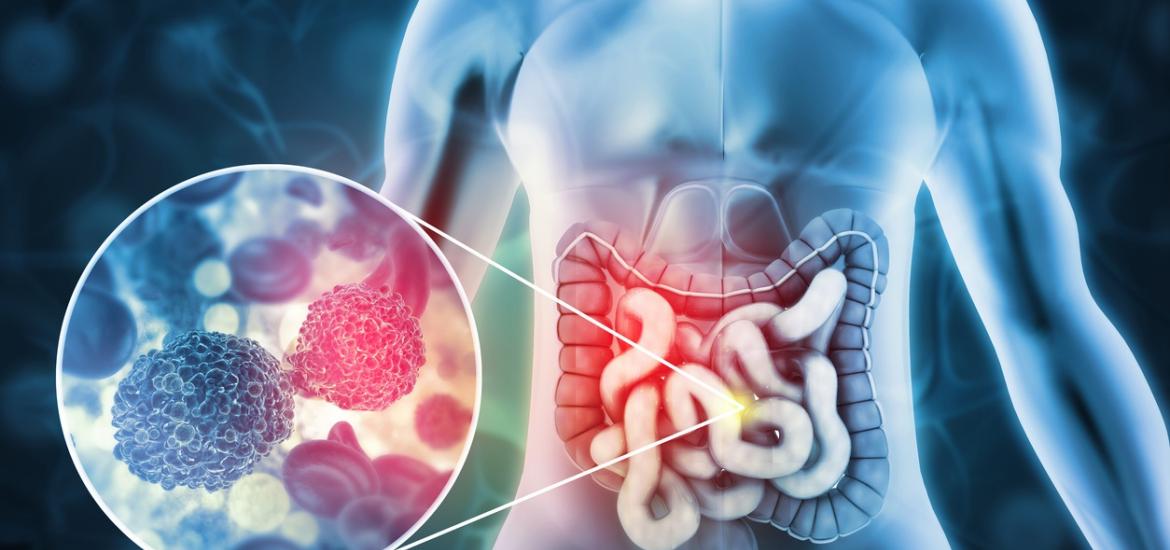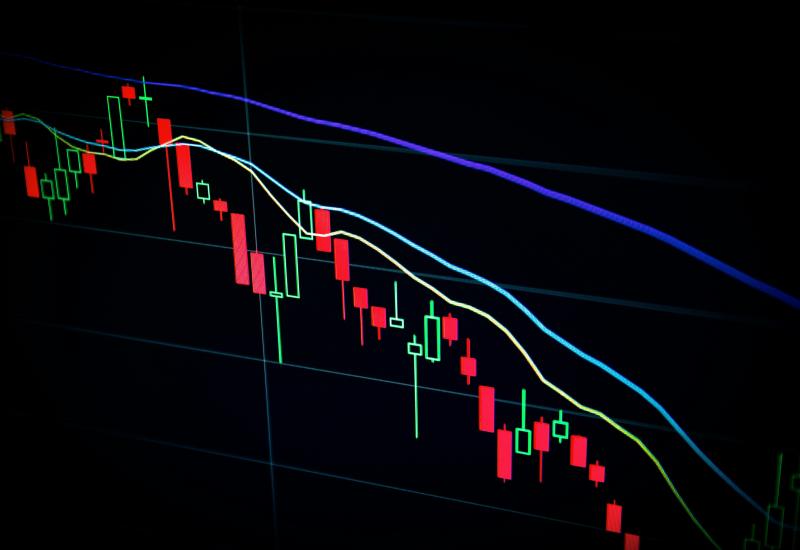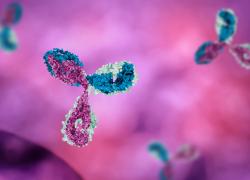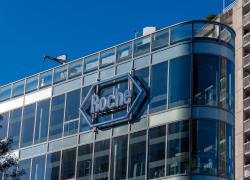
Petosemtamab shows first colorectal promise
But more detail is awaited, especially on toxicity.
But more detail is awaited, especially on toxicity.

The colorectal cancer data that were a key 2025 catalyst for Merus’s petosemtamab will remain something of an unknown quantity for a while longer, but they do at least show hints of activity in a setting in which peto is ahead of Bicara's competing project ficerafusp alfa.
The peto results, from three phase 2 expansion cohorts in various therapy lines, are to be presented at a plenary session of the upcoming AACR-NCI-EORTC (Triple) meeting, but were given an initial airing in a Merus announcement on Tuesday. Perhaps the biggest remaining unknown is peto’s toxicity, which will need careful scrutiny given the severe rash associated with other EGFR-targeting drugs like Erbitux and Vectibix.
It’s also important to stress that the results are now of importance only to Genmab and its investors, rather than to Merus’s shareholders, because Genmab has moved to buy Merus for an astonnishing $8bn. The deal is to close early in the first quarter of 2026.
Colorectal upside
With peto and Bicara's ficerafusp alfa locked in a battle in head and neck cancer, the colorectal indication offers what some had seen as upside to Merus’s investment case, putting a spotlight on the phase 2 disclosure.
In the event, the data as revealed by Merus relate to 36 efficacy-evaluable patients, with median follow-up of only 2.5 to 3.4 months across the three expansion cohorts. As such it’s safety that has attracted attention, with revelation that rash was the most frequent adverse event seen with peto monotherapy. This was seen in 70% of patients, but none occurred above grade 2.
Dermatitis acneiform was seen in 70% of patients receiving a peto/chemo combo, but again not above grade 2; there was a 50% rate of mucosal inflammation, 10% at grade 3. Truist analysts said peto’s toxicities needed some explanation, and hopefully this will come at Triple.
As for efficacy the most promise lies in cohorts relating to first-line use, and second-line patients who had had no prior anti-EGFR therapy, all in chemo combo. Here a respective 100% and 50% of patients developed responses, but the baseline numbers of evaluable subjects totalled just three and eight subjects respectively.
This also included unconfirmed responses, but that’s probably fair given the very short follow-up, and the fact all unconfirmed responses are ongoing and thus capable of being confirmed. The numbers, early though they are, look promising versus historical data with Erbitux plus chemo in the front line (57% ORR) and in the EGFR-naive second-line setting (23%).
Phase 2 petosemtamab data in colorectal cancer
| Cohort | Patients | Median FU | Evaluable | cORR | Response rate including unconfirmed |
|---|---|---|---|---|---|
| 1st line, chemo combo | 7 | 2.6mth | 3 | 33% | 100% |
| 2nd line, chemo combo | 10 | 3.4mth | 8 | 25% | 50% |
| 3rd+ line, monotherapy | 19 | 2.5mth | 14 | 0% | 7% |
Note: 28 Apr 2025 data cutoff. Source: Merus statement.
Worse, however, is peto’s apparent lack of monotherapy activity in late-line use. Here 14 patients are evaluable, but there is just a sole unconfirmed, but ongoing, partial response.
Apart from the established drugs Erbitux and Vectibix, Johnson & Johnson’s Rybrevant is an emerging challenger, posting its first colorectal cancer data at last year’s ESMO. Peto in the first and second-line settings appears to be in line with those results.
However, at this year’s ASCO-GI more data from Rybrevant’s Origami-1 trial revealed a 22% ORR among 23 third-line plus patients given Rybrevant monotherapy. This looks superior to peto, though it’s unclear how many subjects in the Merus trial had received prior anti-EGFR therapy; in such patients another EGFR-targeting molecule like peto or Rybrevant is less likely to work.
In early phase 1 peto yielded no responses among 33 colorectal cancer patients, 18 of whom had been exposed to EGFR inhibitors. The latest data are at least an improvement on that, meaning that the colorectal cancer opportunity could yet make Genmab’s deal look a little less overpriced.
2320













